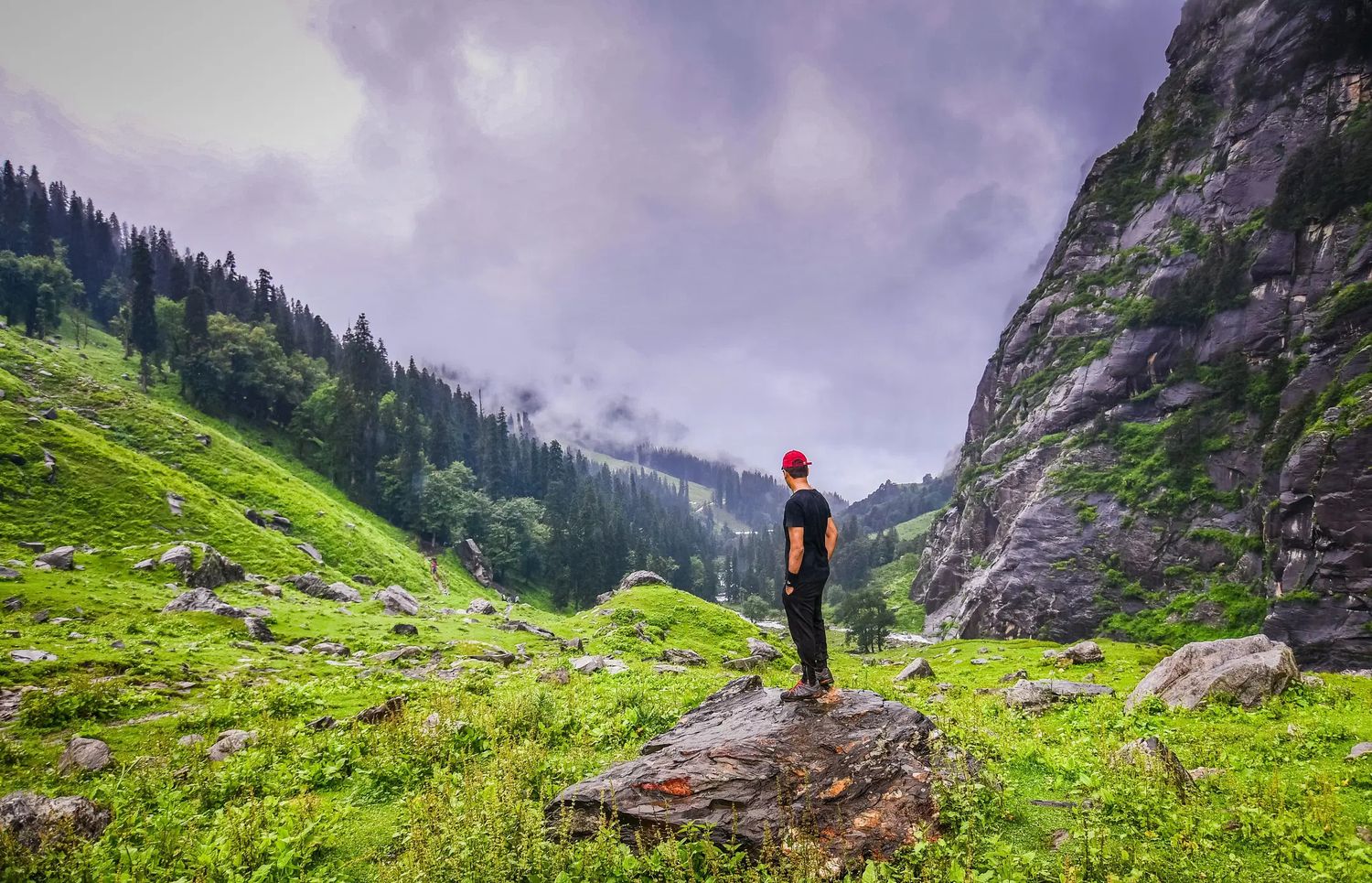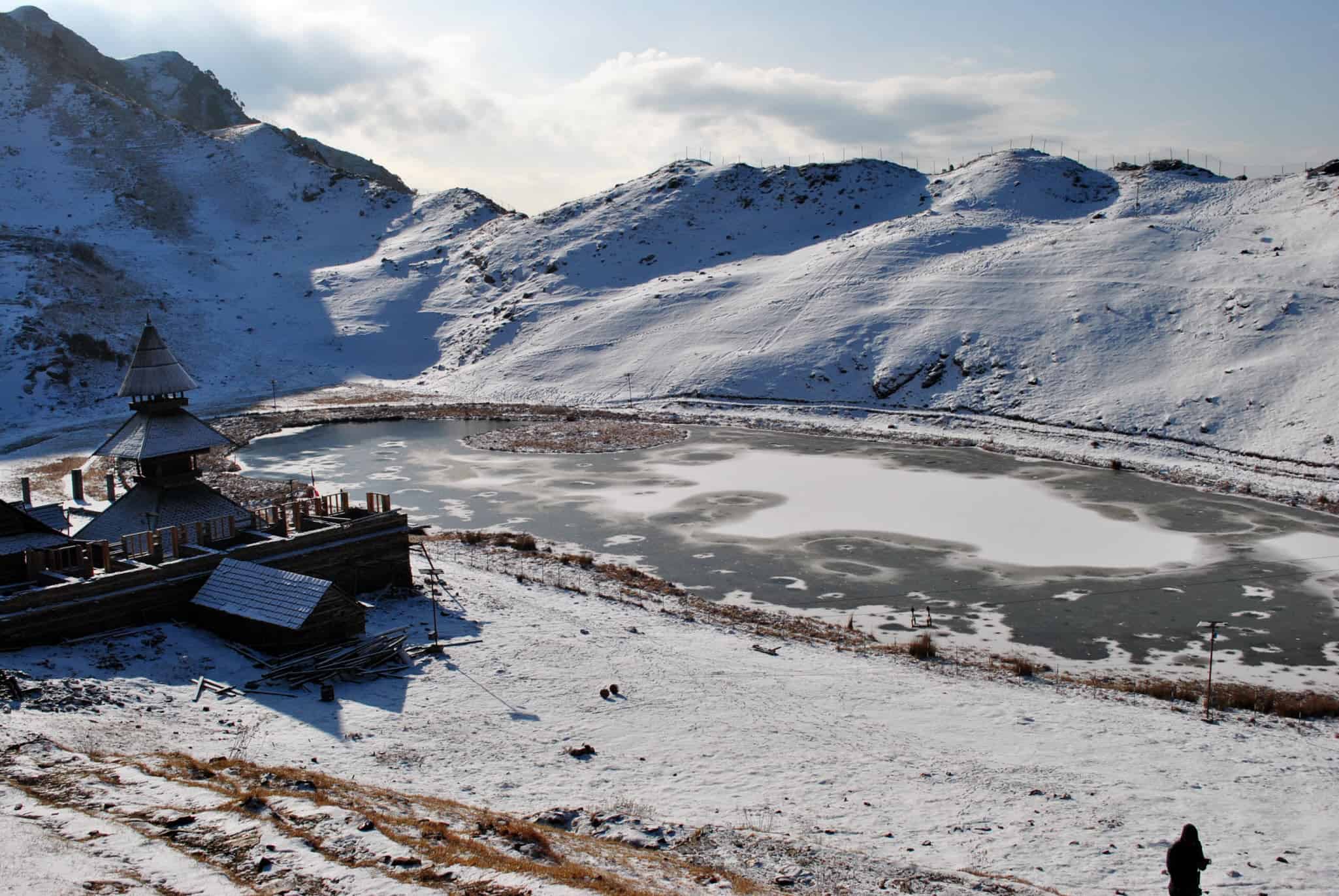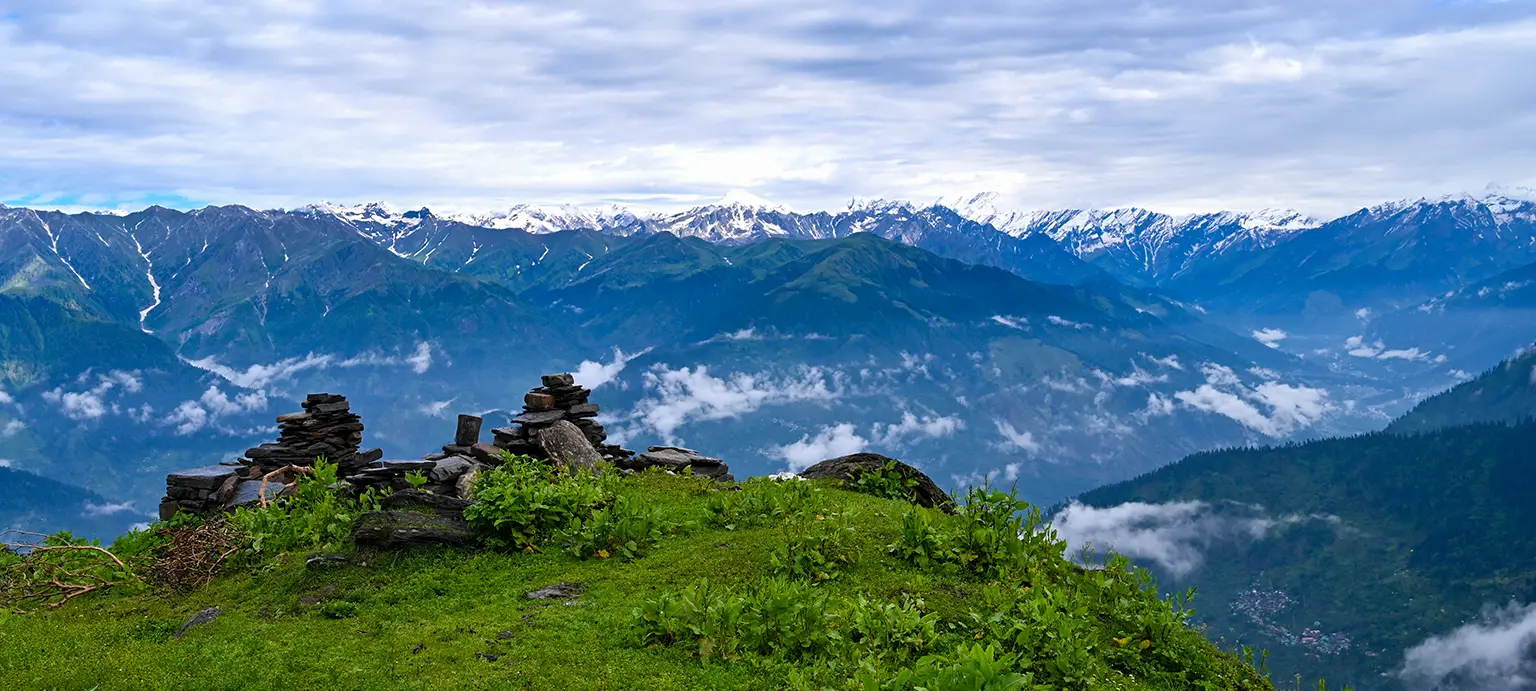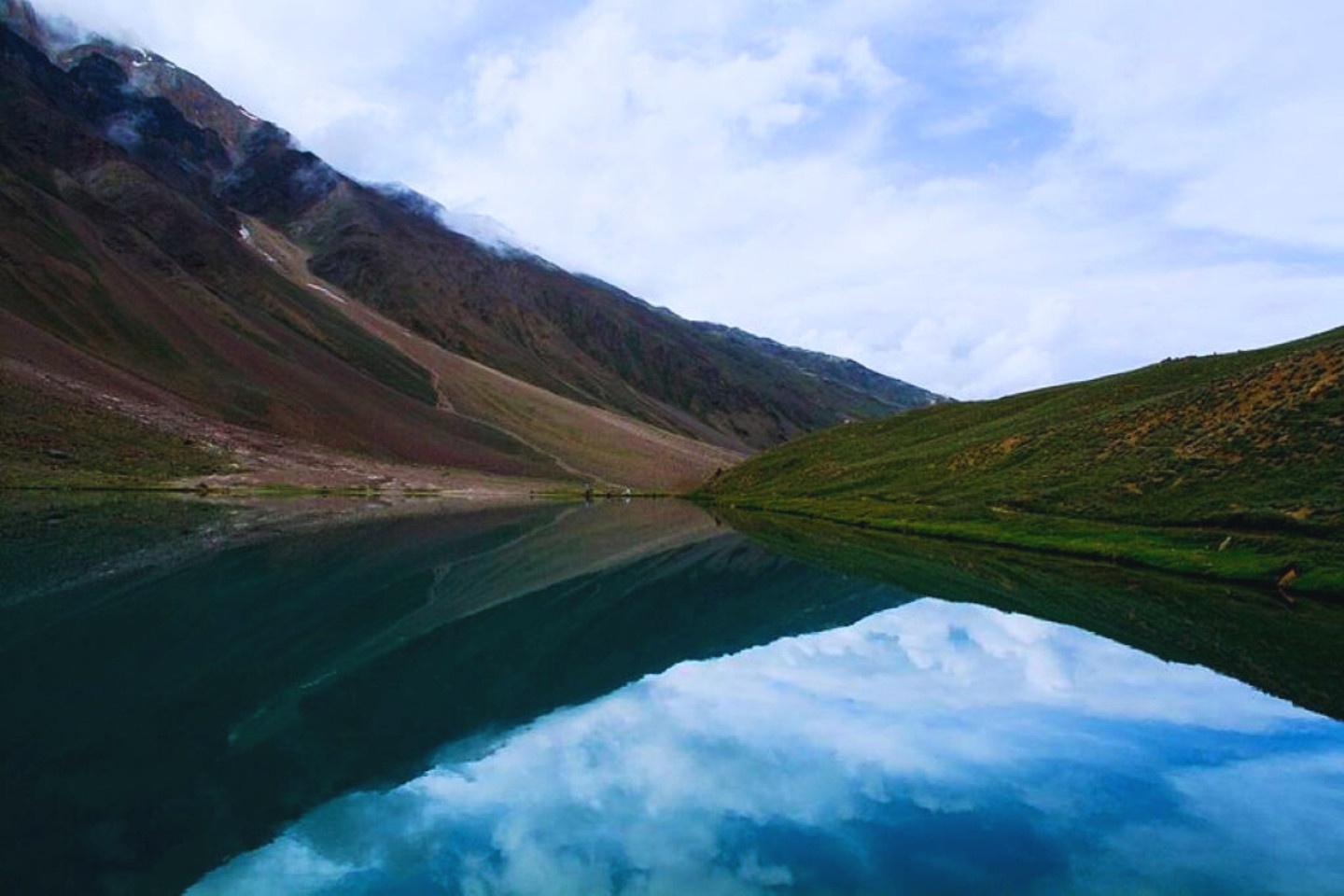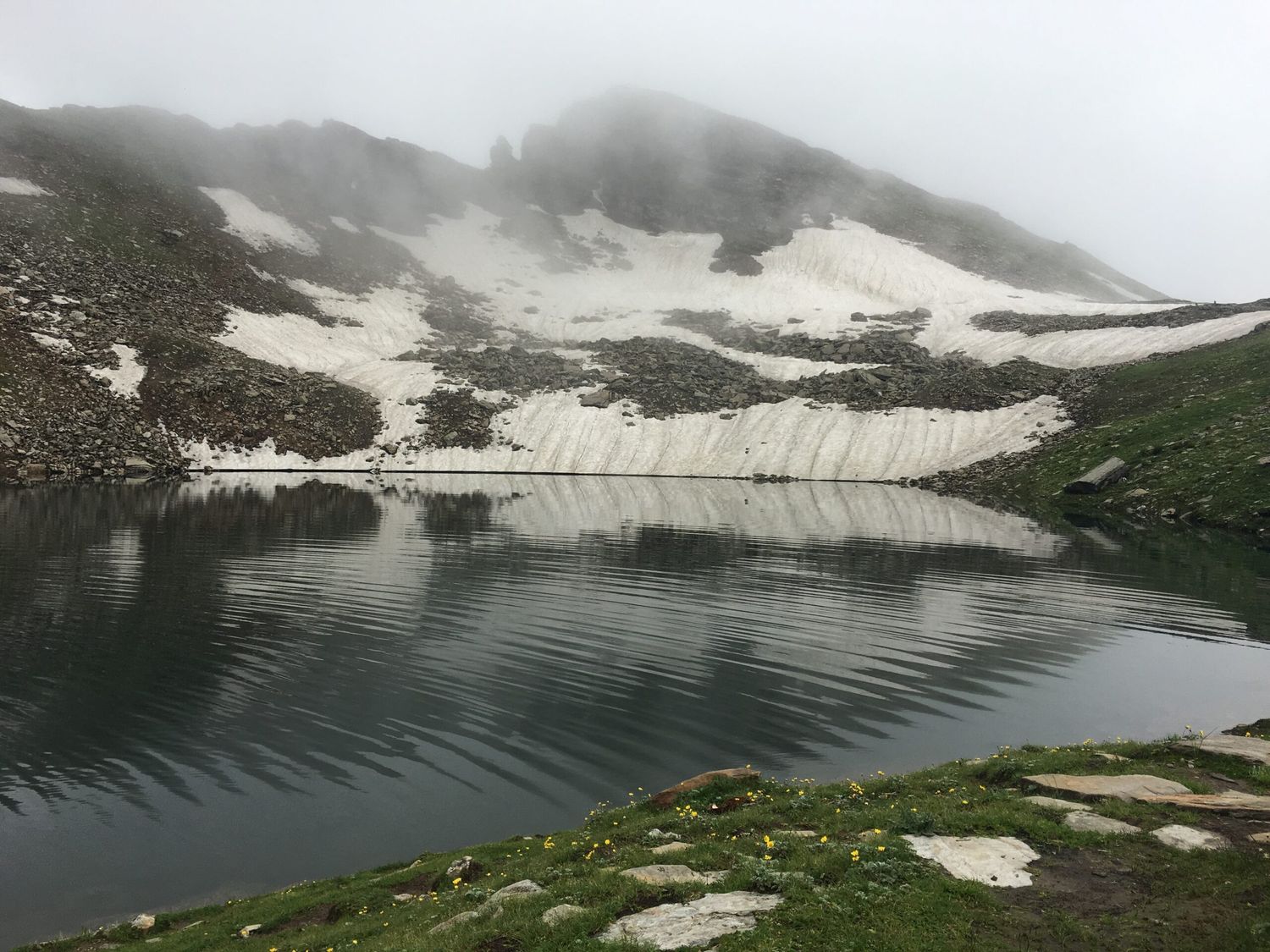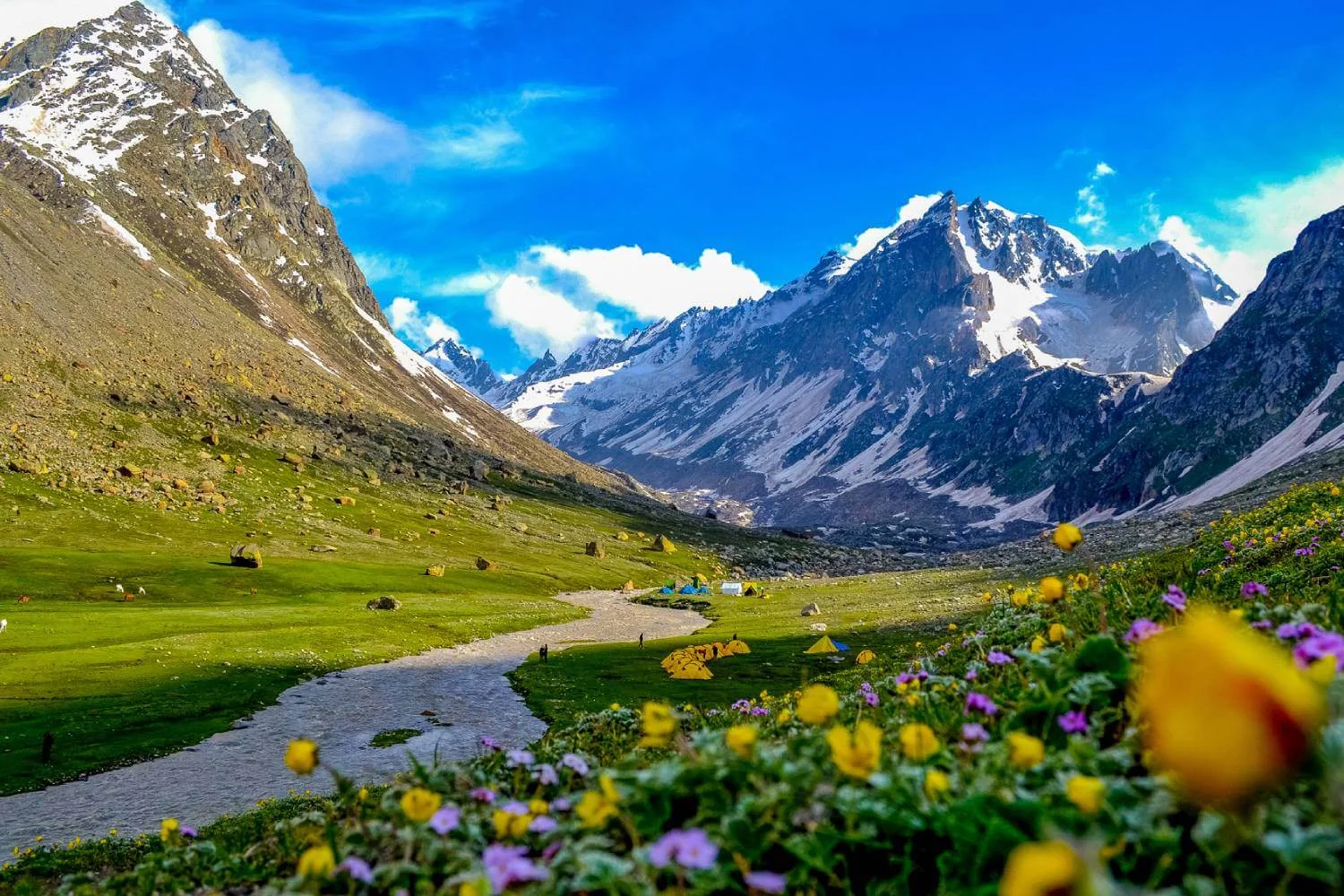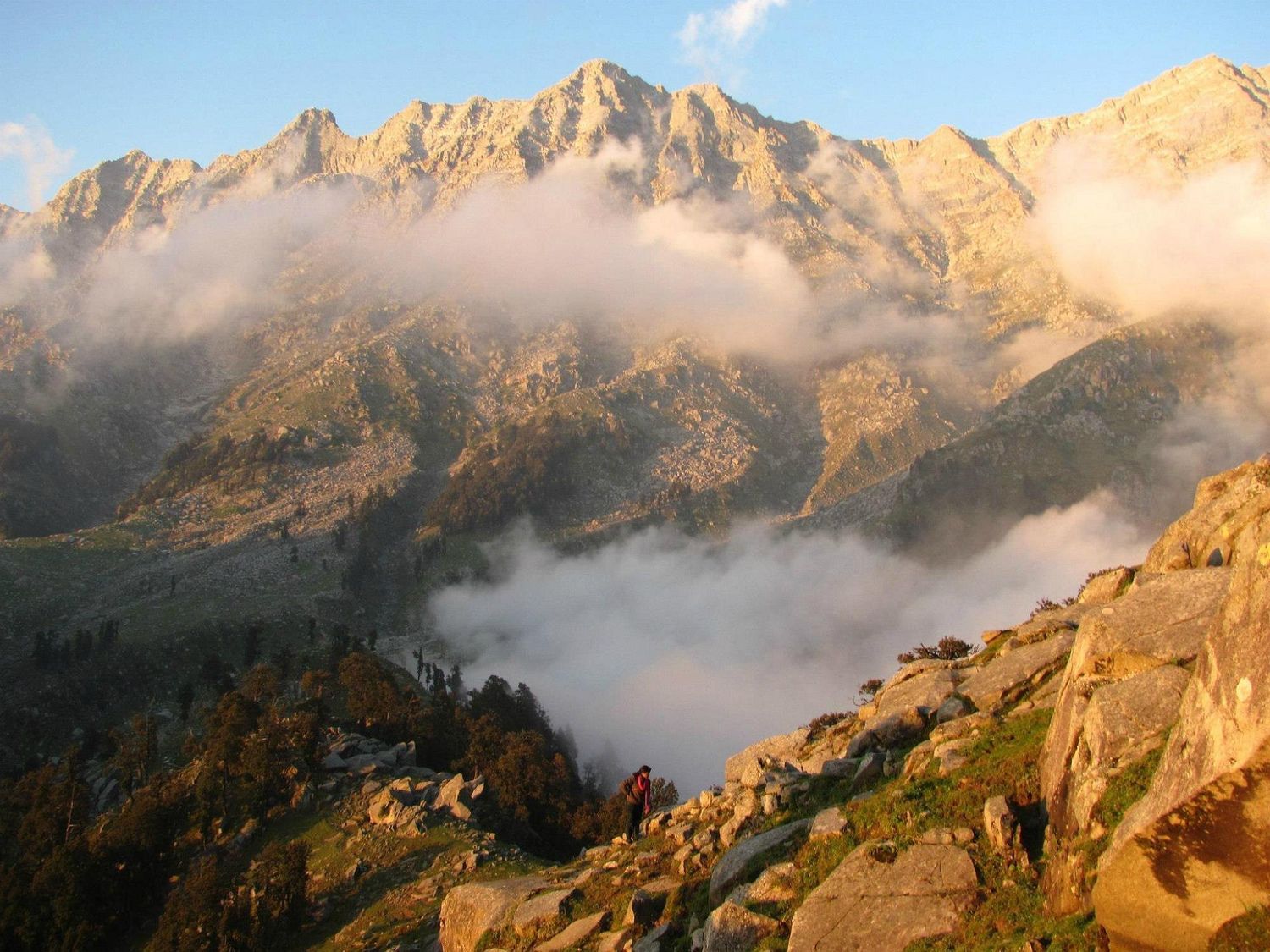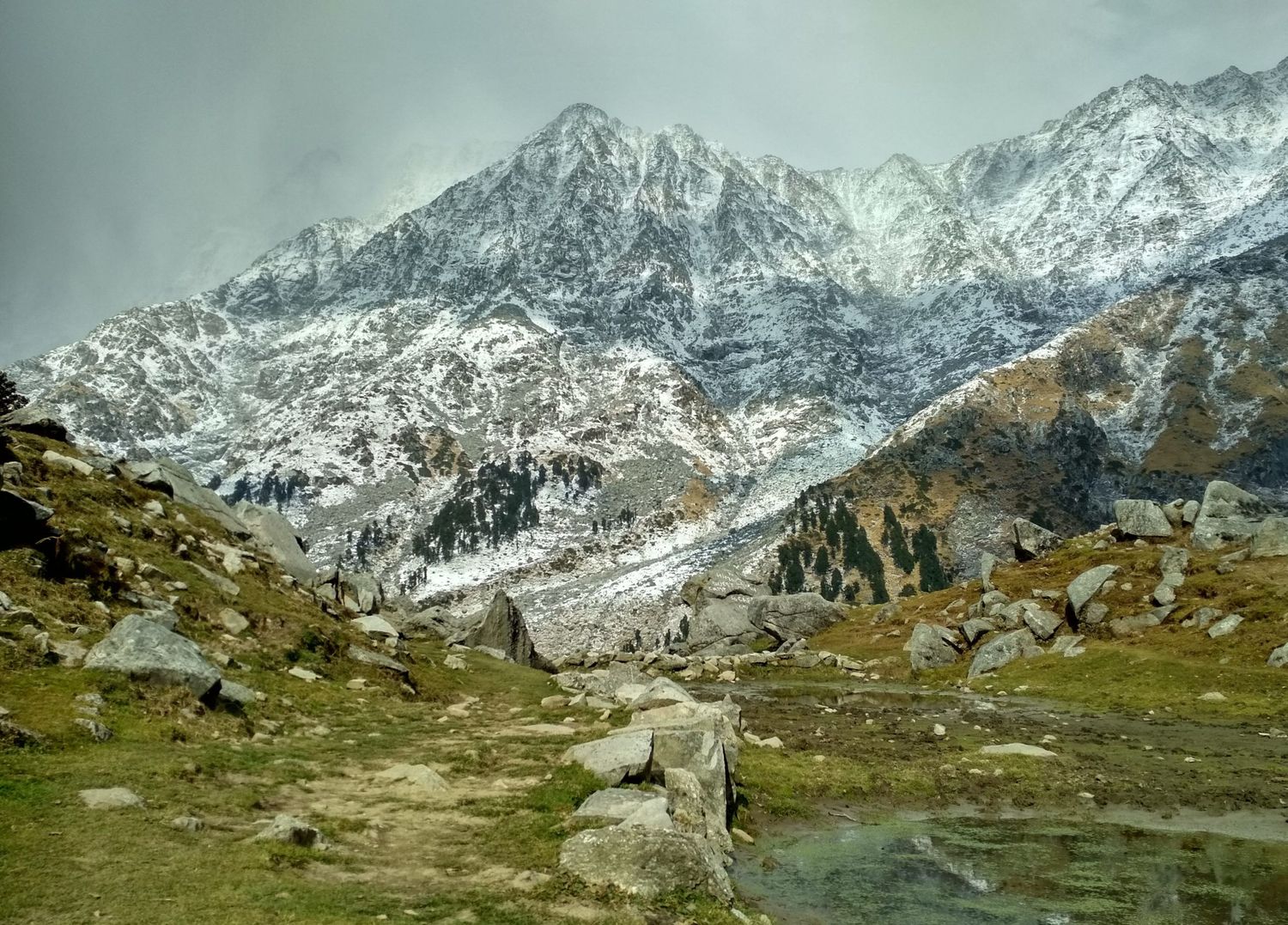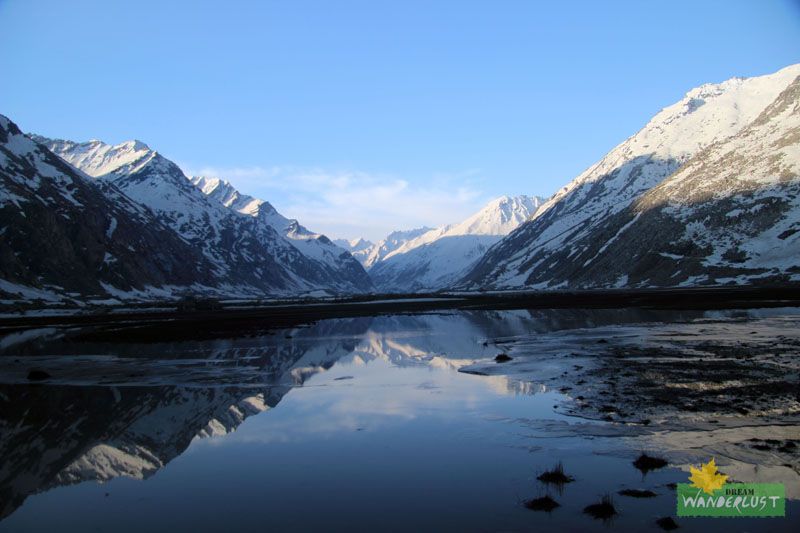Bhubhu Pass Trek: Gateway Between Valleys
The Bhubhu Pass Trek is one of the lesser-explored trails in Himachal Pradesh, connecting the Chuhar Valley of Mandi with the Lagh Valley of Kullu. At 9,514 ft, this trek is ideal for trekkers who want a short Himalayan experience without venturing too high into extreme altitudes. The trek is filled with pine forests, shepherd trails, charming villages, and panoramic views of the Dhauladhar and Pir Panjal ranges.
Why Choose Bhubhu Pass?
Unlike the crowded trails of Manali and Dharamshala, Bhubhu Pass offers peace and solitude. It is a historical shepherd trail used for centuries to connect the valleys and still retains its raw charm. The trail is well-marked, making it accessible to beginners and families too.
Scenic Attractions
- Verdant meadows and dense pine forests
- Traditional Himachali villages and wooden houses
- Glimpses of snow-clad peaks of Pir Panjal
- Rich flora and birdlife along the way
Cultural Insights
The trek route passes through small Himachali settlements, offering a glimpse into rural mountain life. Ancient temples and local folklore tied to shepherds and traders enrich the experience.
